One of the goals AAM set for CFM is to “foster innovation.” Why? Because innovation is to museums’ survival what genetic variation is to evolution—a source of novelty, producing structures or strategies that succeed better than the old ways, and might thrive under new circumstances. So while AAM encourages adherence to standards and best practices on one hand, it recognizes the need for some museums to be wildcards, trying new things that may not fit into the standards (and may even contravene them) in order for the field to evolve.
But what is innovation anyway? It turns out to be amazingly slippery to pin down. One museum’s innovation (“hey, it’s new for us!”) may provoke a yawn from colleagues (“we’ve been doing that for yeeeears!”) Slover-Linett partners polled readers about the nature of innovation on the CultureQ section of their blog, and concluded “It’s not just any change or newness, nor the everyday, incremental evolution of methods and approaches that all fields experience.”
The Johns Hopkins Listening Post Project* while recently explored innovation among American nonprofits (including museums), specified that “’An ‘innovative’ program or service is a new or different way to address a societal problem or pursue a charitable mission that is more effective, efficient, sustainable, or just than prevailing approaches.”
I think that is a pretty mild definition. (Though I love that they bring in ‘justice’ as a criteria for improved mission delivery.) Even so, while the vast majority of organizations in the LP study reported implementing an innovative program or service within the past five years, museums were less likely than other nonprofit organizations in the survey to introduce innovations (68% vs. 82%). Hmmm…are museums inherently more conservative than other types of nonpos represented in the LP project? The responding museums reported the most important barriers to innovation to be a lack of staff time (89%), a lack of funding (87%), and a lack of necessary technology (78%). But surely our colleagues in theatre, orchestras, social services etc. aren’t rolling in resources we don’t have…You can read the full LP communiqué on innovation here.
Personally, my current favorite definition of innovation is from from EmcArts: They say organizational innovations are instances of organizational change that:
1. result from a shift in underlying organizational assumptions
2. are discontinuous from previous practice
3. provide new pathways to fulfilling the mission
This definition shows very well how innovation ties to forecasting and future studies—by emphasizing the need to question assumptions, contemplate disruptive change (not just a future resulting from “business as usual”) and actively seek a way to reach a preferred future.
With that in mind, please share examples of innovative museum practice at your organization or others. What have you seen recently that is truly new under the sun?
*n.b. Museums interested in becoming participants in the Listening Post Project should visit the project website or contact Phil Katz at pkatz@aam-us.org.

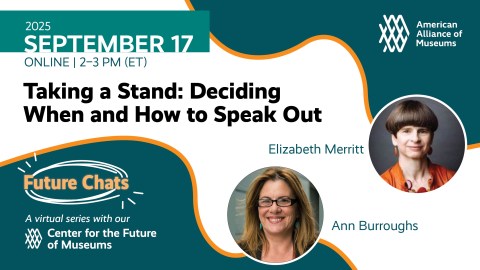

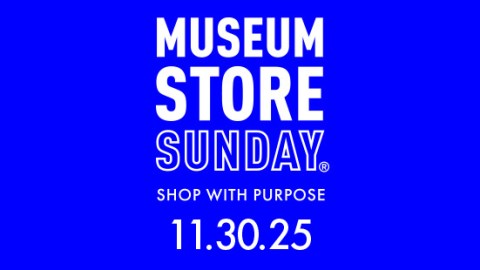

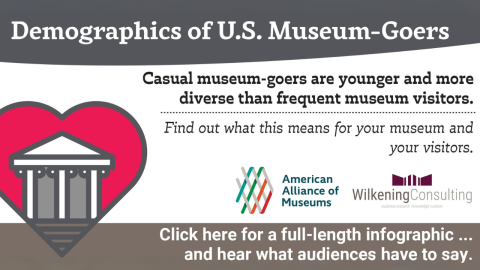

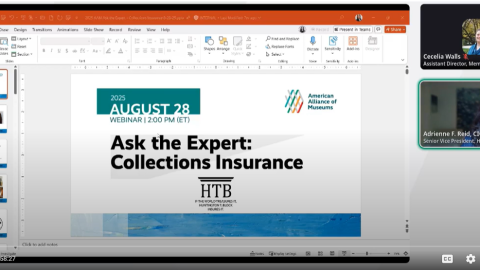
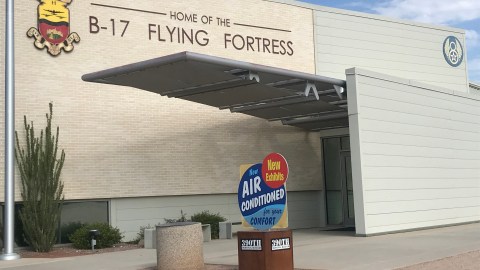
thanks for share.